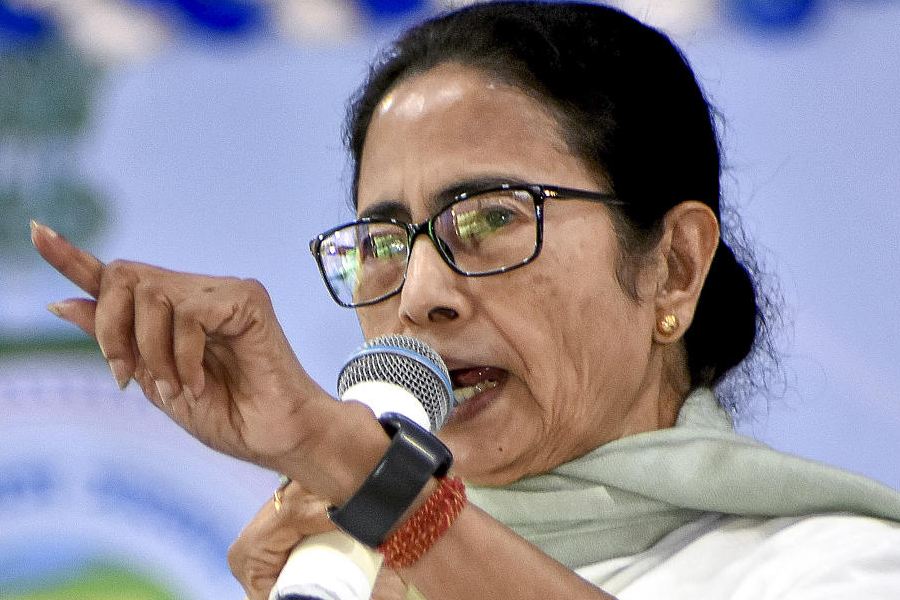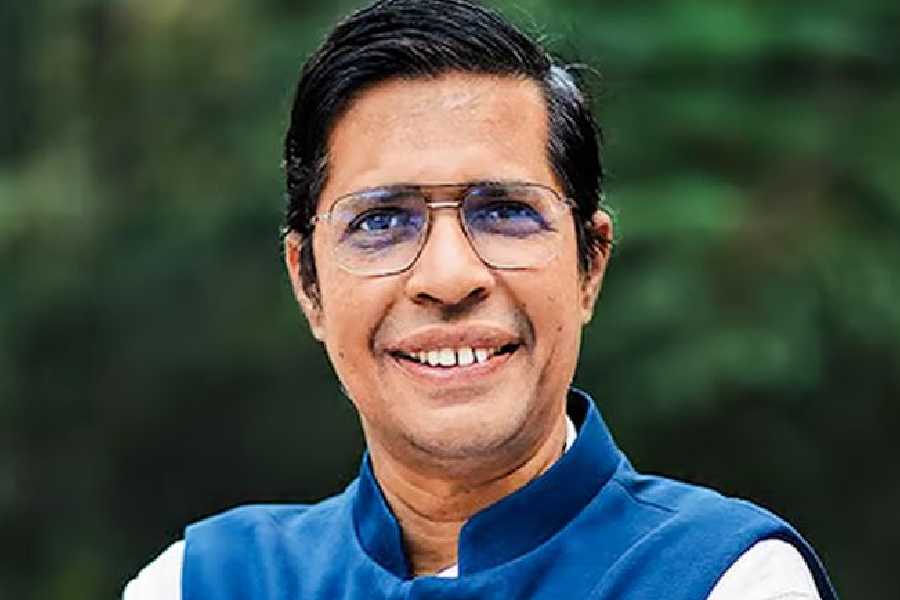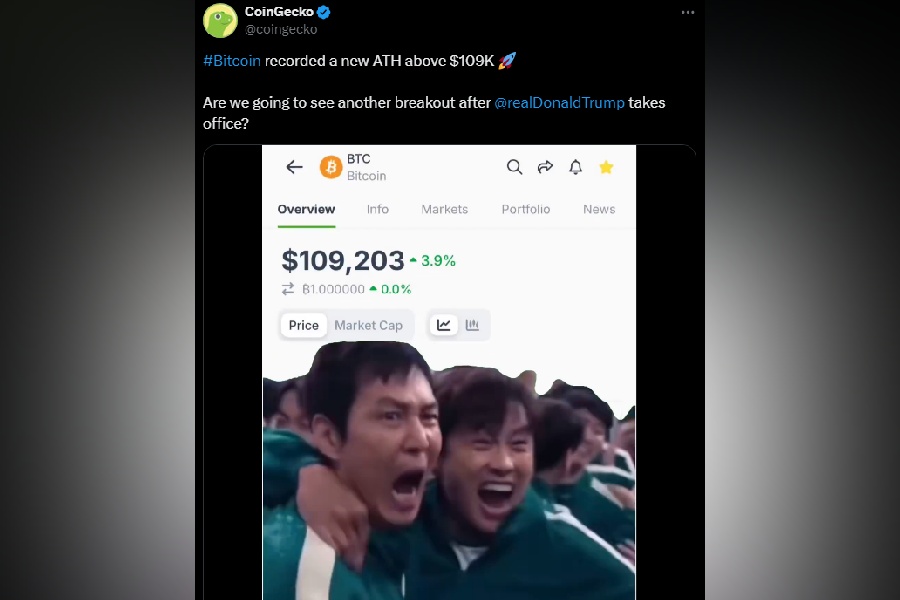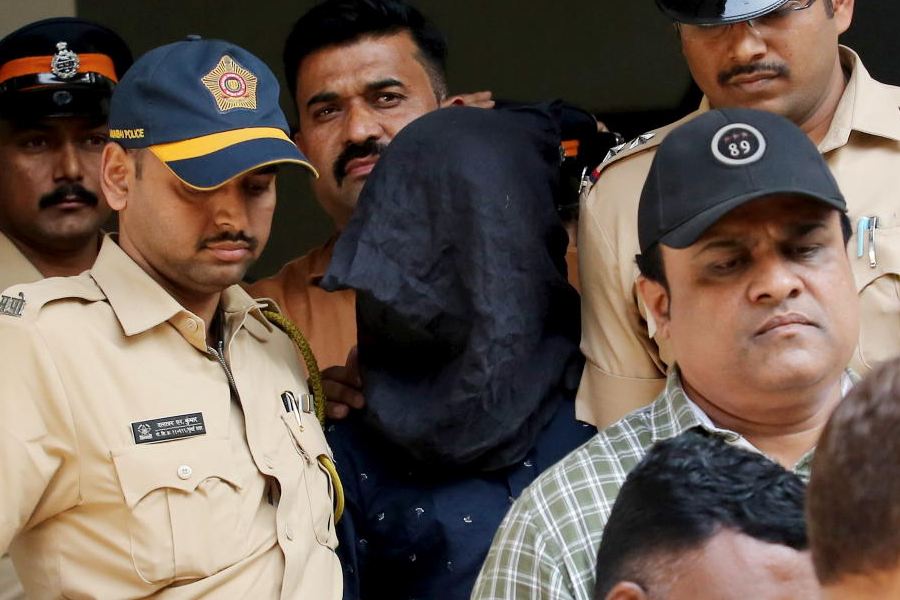If you have beauty, I will take it. If you have none, come, I will make it.” The audacious claim was made by artist and photographer Charuchandra Guha who set up his sprawling studio on the third floor of Albert Hall in central Calcutta’s College Street — better known as Coffee House — exactly 100 years ago. Apart from snappy taglines such as “a face so dear, keep it near”, Guha pioneered studio photography under artificial lights. He was also the first one to airbrush photos.
Born in 1884, Guha came to Calcutta in 1901 to study at the Indian Art School, which is now known as the Government College of Art and Craft. He was on a landscape painting commission in Darjeeling when he befriended an Englishman who owned a studio. Not only did this man introduce Guha to photography, he also gifted him his first camera.
Guha opened a photography studio in Dhaka, now in Bangladesh, but that failed. He then moved to Calcutta and in 1920, started a studio out of his home on Harrison Street. When the studio started doing well, C. Guha Studio opened shop in Albert Hall. In its heyday, the studio employed 70 people.
Now called Boi-Chitra C Guha Memorial Gallery, the studio space — which has tried to reinvent itself as a gallery — is much reduced. It houses huge lights imported from Germany, clunky photo framing machines and Guha’s beloved camera — a hundred times bigger than cameras today, set on a sturdy wooden tripod more than four-foot high.
Prints of a few photographs clicked by Guha are scattered around the space but most of his work — glass negatives were the norm those days — are boxed up. Time and lack of care has taken a toll on them.
The gallery still holds the few pieces of exquisite antique furniture that were used as props — a regal chair, a tall boy, a Kashmiri screen carved with chinar leaves. These pieces reflect Guha’s love of visiting auctions to collect antique furniture though his pocket restricted him.
After Guha’s death in 1957, his three sons kept the studio going. Unfortunately, his photographic works kept at home were all discarded. After the death of his sons, his grandsons strained to maintain the space, which was being used as a gallery and rented out for select events.
The doors of the studio were opened at the beginning of this year, to commemorate Photography Day of Bengal, but they have now shut for good. Guha’s descendants and admirers have lost the fight with Mammon.
And so, in the studio’s centenary year, instead of celebrating a pioneering photographer who popularised portrait photography among the middle class, another piece of the city’s history is slipping away.











